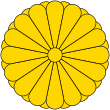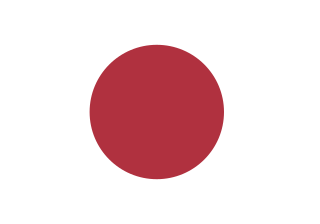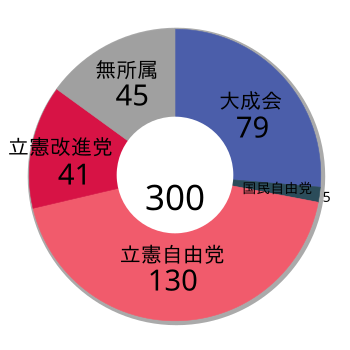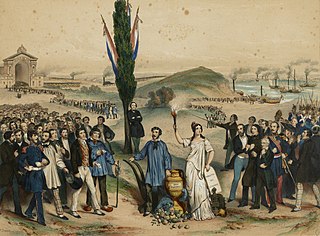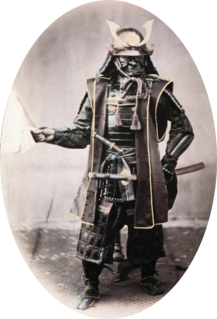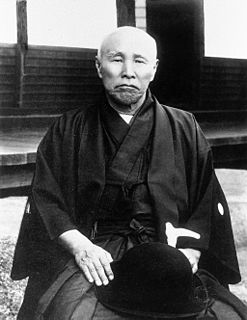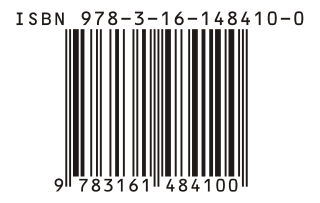
The National Diet is Japan's bicameral legislature. It is composed of a lower house called the House of Representatives, and an upper house, called the House of Councillors. Both houses of the Diet are directly elected under parallel voting systems. In addition to passing laws, the Diet is formally responsible for selecting the Prime Minister. The Diet was first convened as the Imperial Diet in 1889 as a result of adopting the Meiji Constitution. The Diet took its current form in 1947 upon the adoption of the post-war constitution, which considers it the highest organ of state power. The National Diet Building is in Nagatachō, Chiyoda, Tokyo.

The House of Representatives is the lower house of the National Diet of Japan. The House of Councillors is the upper house.
The Japanese political process has three types of elections: general elections to the House of Representatives held every four years, elections to the House of Councillors held every three years to choose one-half of its members, and local elections held every four years for offices in prefectures, cities, and villages. Elections are supervised by election committees at each administrative level under the general direction of the Central Election Administration Committee, an attached organization to the Ministry of Internal Affairs and Communications (MIC). The minimum voting age in Japan's non-compulsory electoral system was reduced from twenty to eighteen years in June 2016. Voters must satisfy a three-month residency requirement before being allowed to cast a ballot.
The General Election Law was a law passed in Taishō period Japan, extending suffrage to all males aged 25 and over. It was proposed by the Kenseitō political party and it was passed by the Diet of Japan on 5 May 1925.
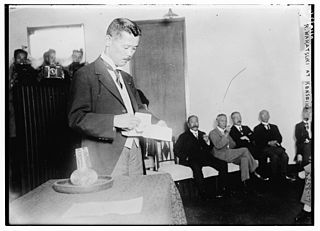
The Kenseikai was a short-lived political party in the pre-war Empire of Japan.

The Japanese General Election of 1892 was the Empire of Japan’s second general election for members of the House of Representatives of the Diet of Japan, held on February 15, 1892.
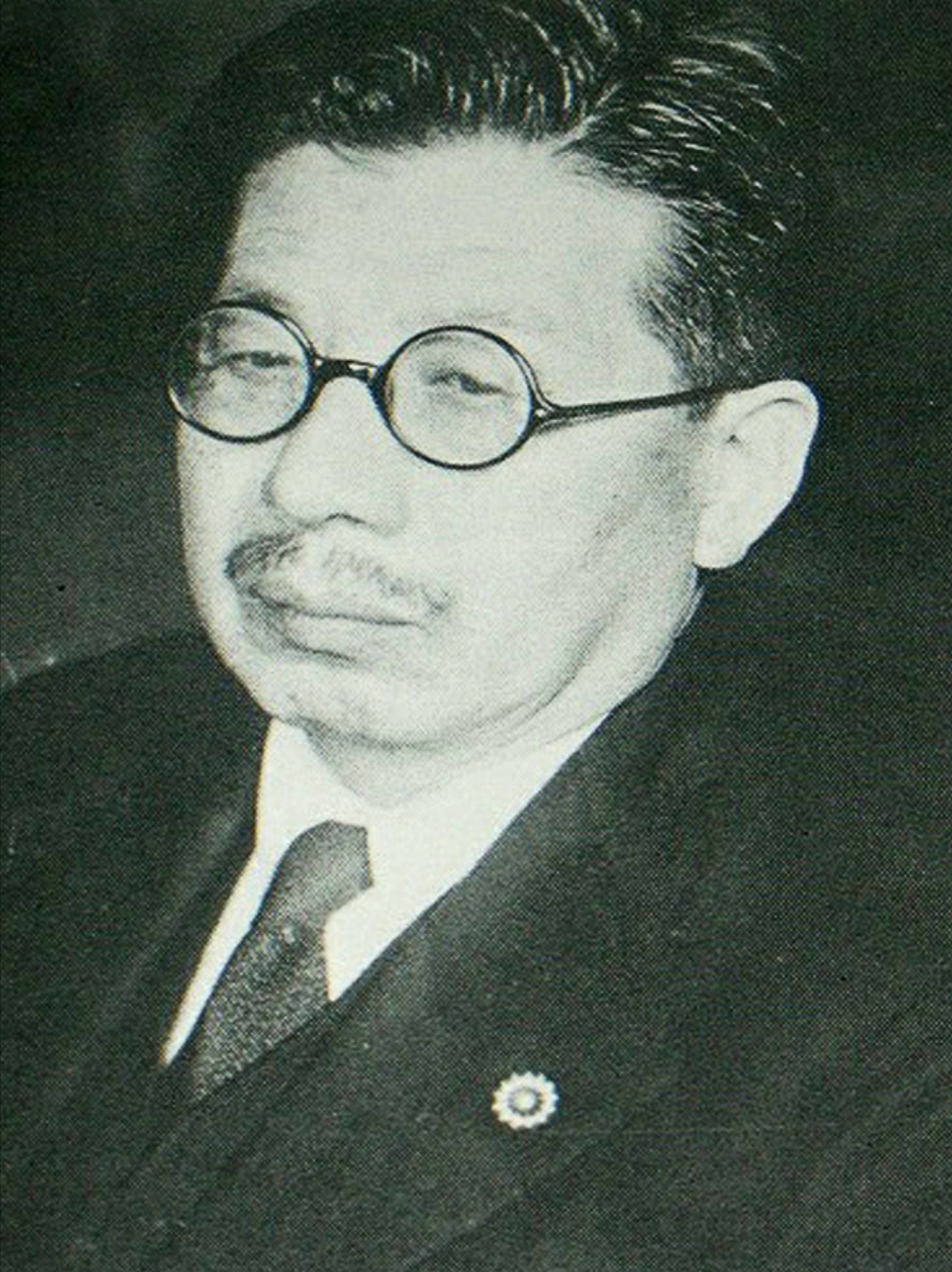
The 23rd general elections of members of the House of Representatives, the lower house of the National Diet of Japan, were held on 25 April 1947. The Japan Socialist Party won 144 of the 466 seats, making it the largest party in the House of Representatives following the election. Voter turnout was 67.9%. It was the last election technically held under the Meiji Constitution in preparation for the current Constitution of Japan which became effective several days later on 3 May 1947. The upper house of the Diet was also elected by the people under the new constitution, the first ordinary election of members of the House of Councillors had been held five days before.

Kōno Hironaka was a politician and cabinet minister in the Empire of Japan.
Shiga 1st district is a single-member constituency of the House of Representatives, the lower house of the national Diet of Japan. It is located in Western Shiga and covers the cities of Ōtsu, the prefectural capital, and Takashima. As of 2009, 314,742 eligible voters were registered in the district.

Kanagawa 1st district is a single-member constituency of the House of Representatives, the lower house of the national Diet of Japan. It is located in eastern Kanagawa Prefecture and covers the central downtown and southeastern parts of the prefectural capital of Yokohama, namely the Naka (centre), Isogo and Kanazawa wards. It is among many other things home to the Yokohama city hall and the Kanagawa prefectural government building. As of 2012, 420,153 eligible voters were registered in the district.
Okayama 4th district is a single-member electoral district for the House of Representatives, the lower house of the national Diet of Japan. It is located in central coastal Okayama and covers the majority of the city of Kurashiki and the county of Tsukubo that has only one remaining municipality: Hayashima town. As of September 2012, 367,702 eligible voters were registered in the district, giving it slightly below average vote weight.

Yamaguchi 4th district is a single-member electoral district for the House of Representatives, the lower house of the National Diet of Japan. It is located in Western Yamaguchi and consists of the cities of Shimonoseki and Nagato. As of September 2011, 266,456 voters were registered in the district, giving its voters well above average vote weight. Unlike many prefectures where the capital is also the most populous city, Yamaguchi's major city is Shimonoseki, located at the western tip of Honshū and part of the Fukuoka-Kitakyūshū metropolitan area.
Nagasaki 3rd district is a single-member electoral district for the House of Representatives, the lower house of the National Diet of Japan. It is located in the prefecture of Nagasaki. It covers parts of Nagasaki on the main island of Kyūshū – the city of Ōmura and the towns of Kawatana, Hasami and Higashisonogi, Nagasaki in former Higashi-Sonogi-gun – and several of the prefecture's island municipalities: the cities of Iki, Tsushima and Gotō and the town of Shin-Kamigotō in Minami-Matsuura/"South Matsuura" district. As of September 2011, 211,289 eligible voters were registered in Nagasaki 3rd district, giving it the second highest vote weight in the country.

The 47th general election of members of the House of Representatives of Japan was held on 14 December 2014. Voting took place in all Representatives constituencies of Japan including proportional blocks, in order to appoint Members of Diet to seats in the House of Representatives, the lower house of the National Diet of Japan. As the cabinet resigns in the first post-election Diet session after a general House of Representatives election, the lower house election also led to a new designation election of the prime minister in the Diet, and the appointment of a new cabinet. The turnout in this election is the lowest in Japanese history.

Zenjirō Horikiri was a politician and cabinet minister in early Shōwa period Japan. His brother, Zenbei Horikiri was also a politician and prominent member of the Rikken Seiyūkai political party.
Kumamoto 4th district is a current single-member electoral district for the House of Representatives, the lower house of the National Diet of Japan. It is located in Kumamoto and since 2017 covers roughly the Southern half of Kumamoto.
The Hyogo at-large district is a constituency that represents Hyogo Prefecture in the House of Councillors in the Diet of Japan. It currently has five Councillors in the 242-member house, but this representation will increase to six by July 2019.
The Tokushima-Kochi at-large district is a constituency of the House of Councillors in the Diet of Japan. The district was formed in 2015 from a merger of the Tokushima and Kōchi at-large districts. Liberal Democratic Party member Yusuke Nakanishi was elected as its first representative at the House of Councillors election in July 2016.

The 25th regular election of members of the House of Councillors will be held on July 2019 to elect 124 of the 245 members of the House of Councillors, the upper house of the then 710-member bicameral National Diet of Japan, for a term of six years.
